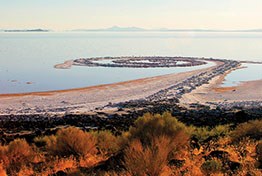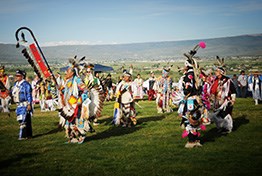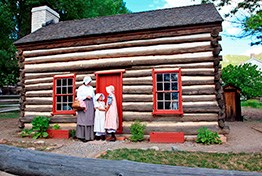-
Places To Go
-
Arches National Park Bryce Canyon National Park Canyonlands National Park Capitol Reef National ParkMonument Valley Navajo Tribal Park Zion National Park The Mighty 5® - Utah's National Parks Road to Mighty

- Northern -
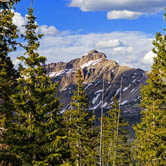
Thriving metros to thrilling mountains in minutes: enjoy top ski resorts, endless trails and vibrant culture in one trip.

- Central -
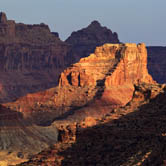
Unearth dinosaurs, interpret rock art and explore the hidden canyons and open lands of the historic, rugged West.

- Southern-
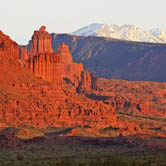
Experience inspiring red rock, epic adventure and monumental landforms — and we haven't hit the national parks yet.

- Northern -
Brigham City Davis County Garden City Heber Kamas Logan Ogden Park City Provo/Utah Valley Salt Lake City Vernal- Southern-
Blanding Bluff Boulder Cedar City Kanab Mexican Hat Moab Monticello Panguitch Springdale St. George Torrey Know which park you're looking for?
Know which park you're looking for?
-
-
Things To Do
-
Dark Sky Parks & Astro Tourism Destination Spas & Resorts History & Culture Professional & University Sporting EventsAlready know what you're looking for?

-
-
Plan Your Trip
-
Already know what you're looking for?

-
- Inspiration



